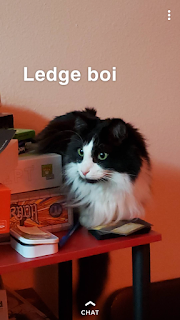Week 15 Story - I've Been Hit by a Truck

Being hit by a truck was probably the most interesting thing in my life, though maybe I just think that because it just happened. Being dead hasn't really been all it was cracked up to be, but then again, the beings I've been dealing with have said that I'm not actually dead, just liminal. It's a weird phrase for that state being dead and alive, so they tell me. These beings call themselves psychopomps, which is another weird phrase they keep throwing around here. They seem to really like those. Alright, I guess some more explanation is in order. I'm not freaking out at the moment since I've had some time to get over the panic-about-being-dead part, and move on to try-to-understand-what-these-specters-are-saying part. Currently, I'm stuck in an uncomfortably cold hospital waiting room, with no decorations, furniture, doors, or other people, except for the beings that just show up every now and again. The first one I talked with scared me to the point where ...





